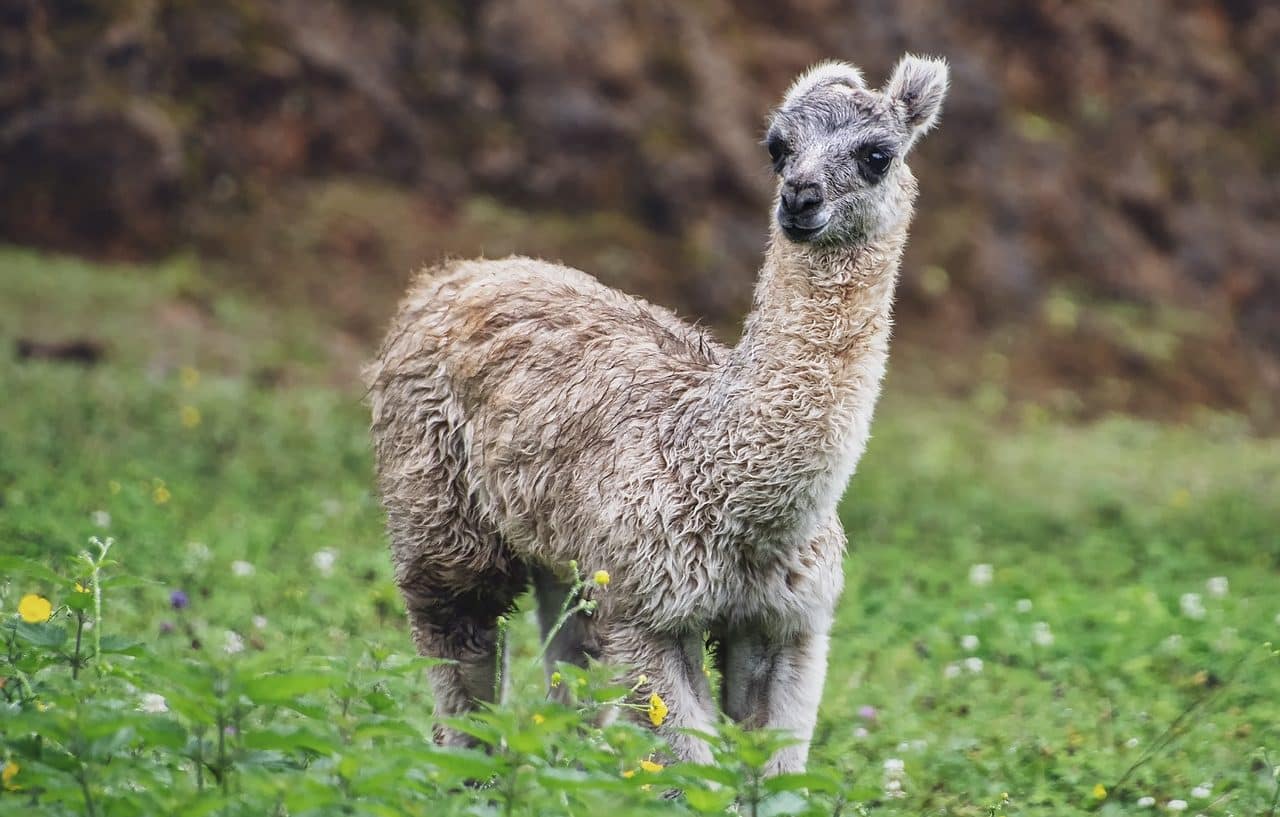
The alpaca is a camelid.
Alpaca is a concept that has different meanings depending on its etymological root. When the term comes from the Aymara all-paka , it refers to an animal native to the American continent whose hair is highly valued for the making of various textile products.
With the scientific name Vicugna pacos , the alpaca is a mammal that belongs to the group of artiodactyls , since they rest at least two of their toes on the ground. Alpacas, on the other hand, are part of the camelid family, more precisely the Lamini tribe (like llamas, vicuñas and guanacos).
Characteristics of the alpaca
The alpaca lives in the Andean region, especially in the puna and other high plateaus. The largest number of specimens is found in Peru , although alpacas can also be found in certain regions of Chile , Bolivia , Argentina and Ecuador .
Like camels and llamas, alpacas spit when they want to defend themselves or as a mechanism of aggression. These animals can measure about one meter and weigh up to seventy kilograms. Regarding the textile use of its hair , it is used to make scarves, ponchos and blankets, among other products .
The characteristics that can be seen externally in its fiber allow us to differentiate two breeds : the huacaya , in which the growth of the fiber occurs perpendicular to its body, with a spongy appearance and relatively short strands; and the suri , whose fiber grows parallel to the body, with curls on its entire surface, which appears shiny and silky.

As an alloy, nickel silver is used to make light bulbs.
an alloy
Alpaca, on the other hand, is the name given to an alloy made up of nickel , copper and zinc . Due to its shine and tone, nickel silver is similar to silver and is used for the production of coins, surgical instruments, elements for musical instruments and jewelry items. According to their composition, it is possible to differentiate between alpacas of different qualities.
The name that this alloy initially received is maillechort , although it has also been called German silver, alfenid, argentan, new silver and white metal . The proportions of the different elements that make up alpaca are as follows: between 8 and 45 percent zinc; 45 to 70 percent copper ; between 8 and 20 percent nickel.
When nickel silver contains a percentage of copper greater than 60, it is called a single-phase alloy and stands out for being very easy to work at room temperature and for its great ductility . Furthermore, it is possible to achieve considerable resistance to corrosive media if it is combined with nickel ; so much so that the percentage of the latter is a determining factor in the quality of the alpaca, and in this context it is possible to distinguish three different grades: first quality , with 22% nickel; second quality , when it contains 11%; third quality , if it only reaches 6%.
History of the alpaca
Alpaca as an alloy is a discovery by two French chemists named Chorier and Maillot dating back to 1819 , hence its original name was a combination of these two surnames. Their work had the objective of finding a material very similar to silver for the manufacture of utensils such as cutlery and other table elements that are typically made of silver.
Currently, nickel silver is used to make various items, including the following: tableware , zippers, keys for musical instruments (such as the oboe); religious figures; sherbets called rutabagas (these particular products are used to drink the Argentine drink called mate ); coins; and guitar frets (each strip of metal that is located on the neck of the instrument at a certain distance so that pressing the strings between them produces a certain sound).
